Black Baza Aviceda leuphotes (Dumont) 1820
Black Baza Aviceda leuphotes (Dumont) 1820
Other Name: Black Crested Baza, Lizard Hawk
Migrant
Status and distribution
Observed through out west coast of Peninsula Malaysia south to Singapore
Description
Relatively small raptor. Head and crest black. Upper side mainly black with white marking on scapular. Underpart of body mainly white with chestnut band. Throat black.
Female show 7 thicker chestnut bar below with 4 complete and remaining broken by black of vent. White marking on on secondaries and primaries are smaller
Juvenile are mainly more white marking on the upperpart. Overall duller in colour and brown streak on white upper breast
In flight, typical baza paddle shape wing are distinctive to this species. Underpart of wing show black covert and primary tip. Whitish primaries and grey secondaries are typical and easily pick up.
Bare part: Eye purplish brown to reddish brown. Cere-dark blue-grey. Leg dull grey black to blue-black.
Confusion Species
Unlikely to be confuse with other species
Geographical Variation
2 subspecies found in the country and both are common migrant.
Band across chest mainly rufous and chestnut = leuphotes
Band across chest nearly all black = syama
Behaviour
In breeding site this species can be seen singly. However, in P.Malaysia this species is sighted in small group. Birds are usually seen perch upright and enable crest to be sighted.
In migration this species is known to migrate in very large flock. Up to 2500 per flock have been observed in spring migration over Taiping. In many occasion flock can average to 200-250 per flock.
In some observation this species is also know to thermal within the thermal. This best explain a small group usually 3-5 with create a smaller circle within the bigger thermaling kettle. When mis flock species migrating with smaller circle are usually a hint to this species.
In a few occasion this species have been observed in plantation with observed evidence of feeding on palm oil.
Food item mainly large insect however known to hunt for bats. Method of hunting are perching hunter. Other method documented including social foraging where a group move from perch to perch in search for insect. This was observed typical method used in some site in Malaysia where this species have been observed commonly during migration.
Habitat
Open country to park and forest edge. Species also well sighted in plantation.
Breeding
No breeding record in Malaysia.
Reference
Craig Robson, 2017, A Field Guide To The Birds of South-East Asia, Bloomsburry, London
David R Wells, 1999, Birds of The Thai Malay Peninsula Vol 1, Academic Press, London UK
James A. Eaton, Bas van Balen, Nick W. Brickle & Frank E. Rheindt, 2016, Birds of the Indonesia Archipelago Greater Sundas and Wallacea, Lynx Edicion, Bercelona
James Fergusan Lee and David A Christie 2001, Raptors of The World, Christopher Helm, Great Britian (ISBN 0-618-12762-3)
Rishad Naoroji 2007, Birds of Prey of the Indian Subcontinent, OM Book International, New Delhi (ISBN 8187107699)
Salim Ali & S. Dillon Ripley, 1981, Handbook of the Birds of India and Pakistan Volume 1 ,Oxford University Press , London
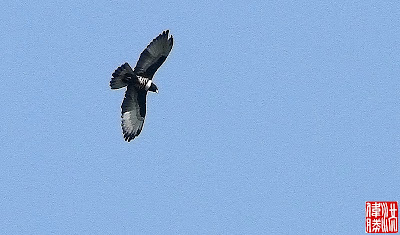




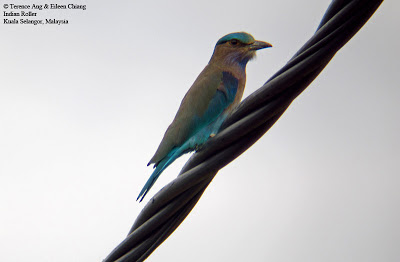
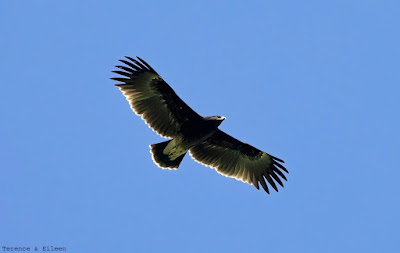
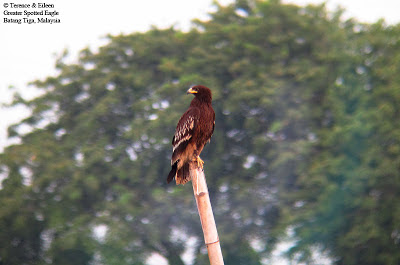

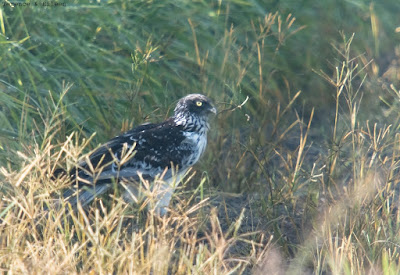
Comments
Post a Comment